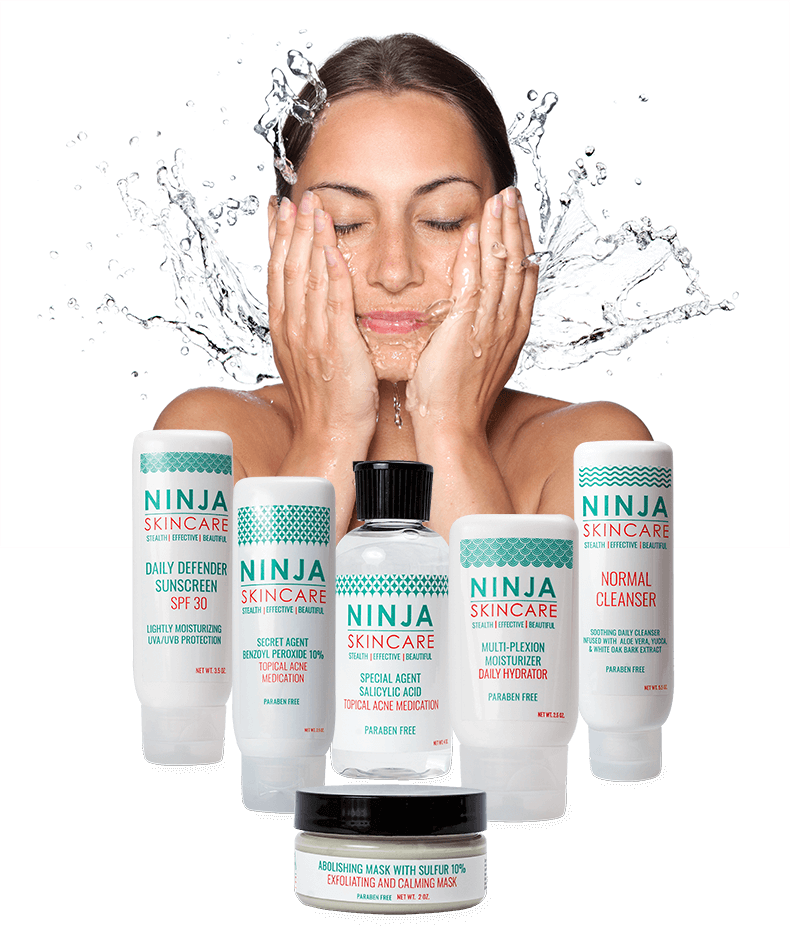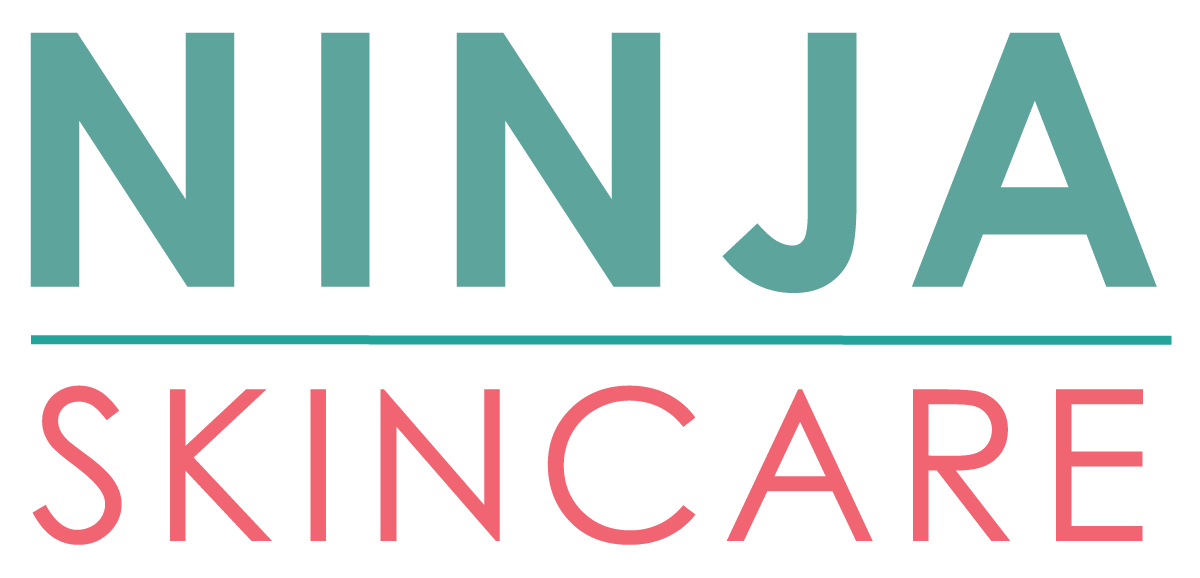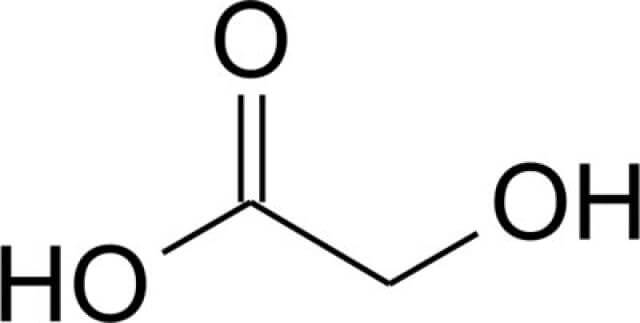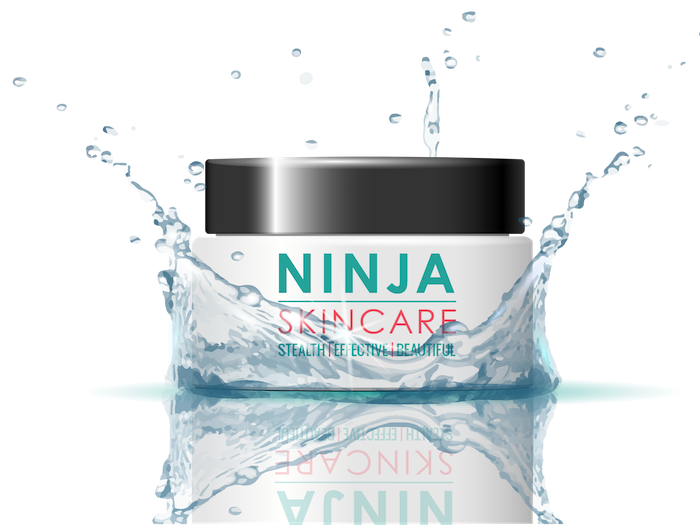Glycolic Acid – Acne Ingredient Review
October 26, 2016
A couple of weeks ago, we started to dissect popular ingredients used in topical acne treatments and it was so popular, we thought we would continue on the next ingredient: Glycolic Acid.
Glycolic acid is VERY well known in the acne industry and widely used. But if you are like us… you want to know MORE about it. For the next couple of days, we will break it down for you.
The History of Glycolic Acid
Glycolic acid was first prepared in 1851 by the team of the German chemist Adolph Strecker and the Russian chemist Nikolai Nikolaevich Sokolov. They created it by treating hippuric acid with nitric acid and nitrogen dioxide to form anester of benzoic acid and glycolic acid (C6H5C(=O)OCH2COOH) also called benzoyl glycolic acid. The most common natural source of glycolic acid is from sugarcane but can also be found in sugar beets, pineapple, cantaloupe, and unripe grapes.
Non-Skin Uses for Glycolic Acid
Glycolic acid has a lot of uses in modern day life. It is used in the textile industry as a dyeing and tanning agent, in food processing as a flavoring agent and as a preservative, and in the pharmaceutical industry as a skin care agent. It is also used in adhesives and plastics. It is often included into emulsion polymers, solvents and additives for ink and paint in order to improve flow properties and impart gloss. It is used in surface treatment products to increase the coefficient of friction on tile flooring.
Skin Uses for Glycolic Acid
Because of its excellent ability to penetrate skin, glycolic acid is used in a vast array of skin care products. Perhaps the most common use of glycolic acid is in chemical peels, which are performed by dermatologists, using concentrations of anywhere between 20-70%, most often as a chemical peel performed by a dermatologist in concentrations of 20-70%. There ARE some at-home chemical peel kits, but due to regulations, those concentrations are much lower – around 10-20%
But why is glycolic so popular? It can improve the skin’s appearance and texture, reduce wrinkles, acne scarring, hyperpigmentation and improve many other skin conditions, including actinic keratosis, hyperkeratosis, and seborrheic keratosis. Once applied to the skin, glycolic acid reacts with the upper layer of the epidermis, weakening the binding properties of the lipids that hold the dead skin cells together. This allows the stratum corneum to be exfoliated, exposing live skin cells which greatly aids in the prevention of new pimples forming.
Over time using a product with glycolic in it on a regular basis, you are going to notice your pores will appear smaller, you will have less acne and scarring, fine lines and wrinkles will smooth out, hyperpigmentation (sun damage) will disappear, and the overall texture of your skin will improve! It is medically impossible to shrink pores, but, pores do appear larger when your skin is not properly exfoliated leaving dead cells to build up and clog the pore. When this happens, the pore (follicle) opens up by trying to “breath” causing it to appear larger. By using glycolic, it acts as an exfoliant, allowing your pores to go back down to their original size. Also, by removing the top layer of dead skin cells, other products in your skin care regimen are able to penetrate deeper under the surface, giving your skin the highest benefits.
Who should use Glycolic Acid?
Glycolic is a topical treatment for people suffering from mild acne, primarily small whiteheads and blackheads. For people with moderate to severe acne, we recommend glycolic acid as an addition to their topical treatment of either benzoyl peroxide or sulfur/resorcinol. Skin types that turn red easily or that have telangiectasias (spider veins) on the skin should not use glycolic as it’s too stimulating to the skin for these more sensitive skinned individuals. For their skin type, we recommend salicylic acid instead. People with darker complexions are the best candidates for this topical treatment.
Side Effects of Glycolic Acid
There are very few side effects to glycolic acid, which is great and one of the reasons it is a popular acne treatment. The only real “side effect” people may experience is some mild flaking of the surface of the skin. The skin should never turn red, irritated or become itchy when using Glycolic Acid. And unlike Benzoyl Peroxide – it does not stain your sheets when you wear it. Yay!
How to Apply Glycolic Acid
As with all topical acne treatments, glycolic is not intended to be used near or around the eye area. It is too strong for the sensitive skin around the eyes and it will sting if it gets into your eyes. Use only a small amount of product and rub in well to clean skin. If you’re using it under sunscreen or moisturizer in the daytime, or under your topical acne agents at night, let the glycolic dry for a couple of minutes before applying your next product. If you experience any redness or burning sensation, wash it off and contact us directly.
If you are interested in trying glycolic acid treatment for your acne breakouts, consider trying one of our products.
If you are unsure if this is the ingredient that would best suit your skin, give us a call at 925.933.8425 or request a sample of it on your next order.



 Get a ZERO obligation consultation with an acne-fighting Ninja!
Get a ZERO obligation consultation with an acne-fighting Ninja!
